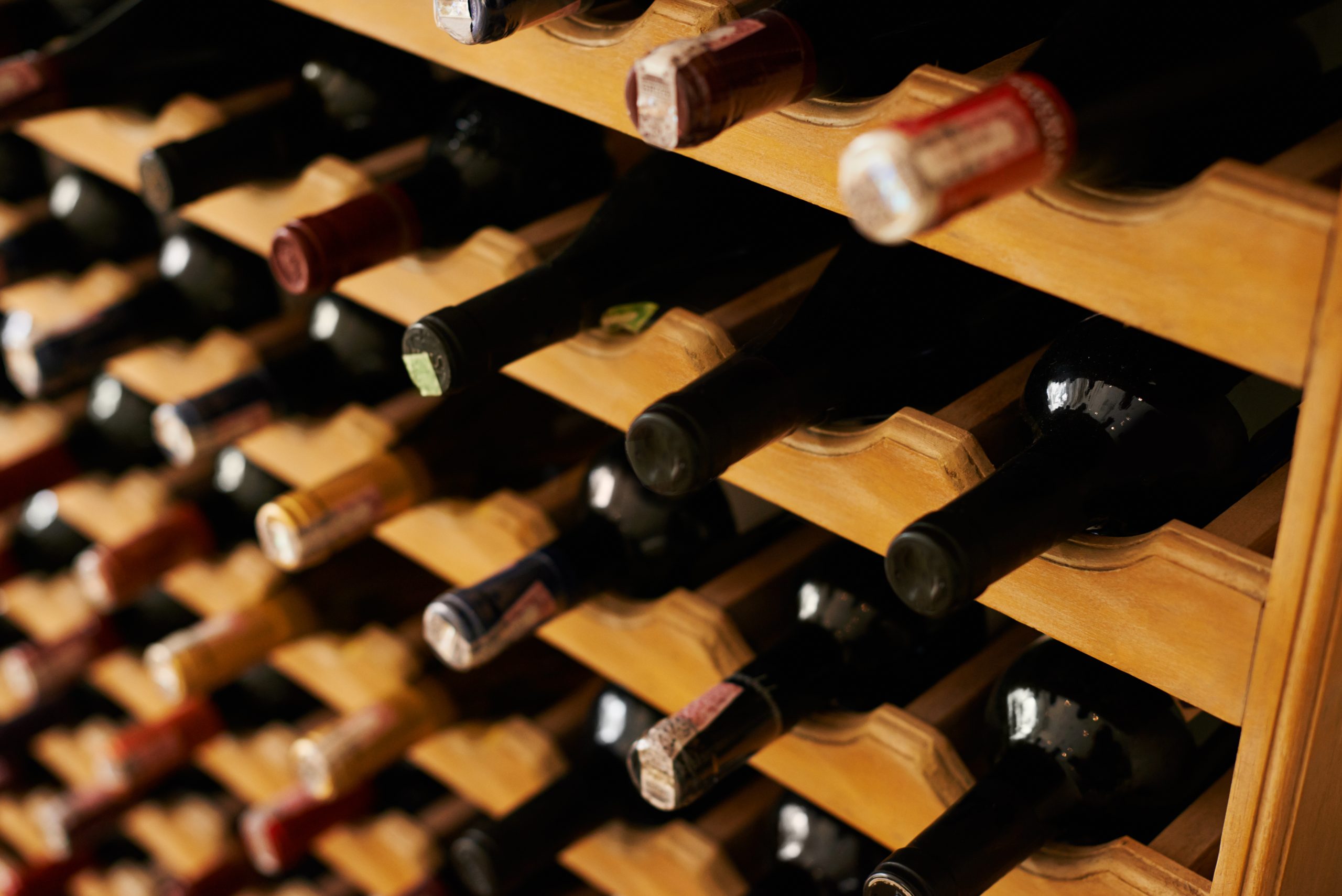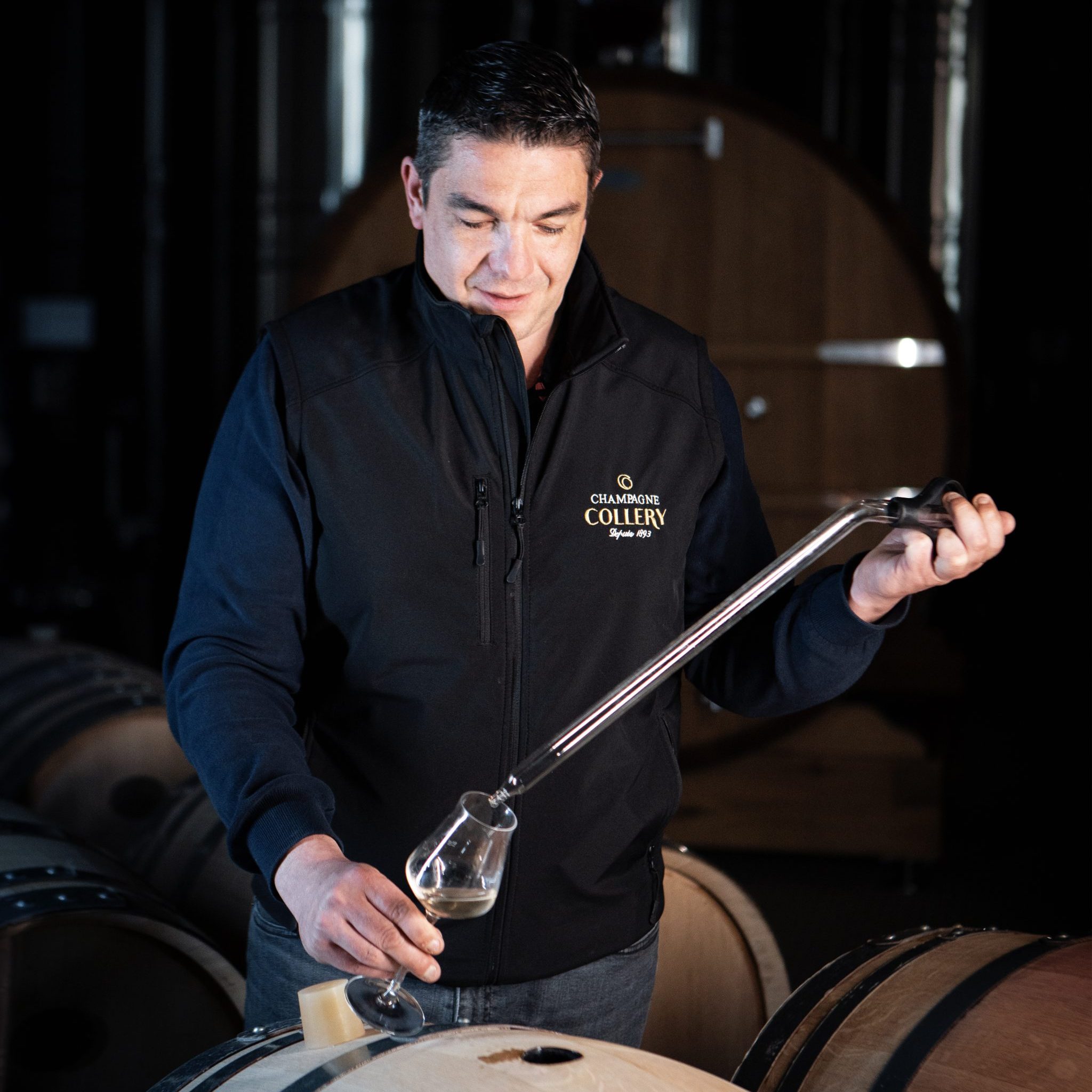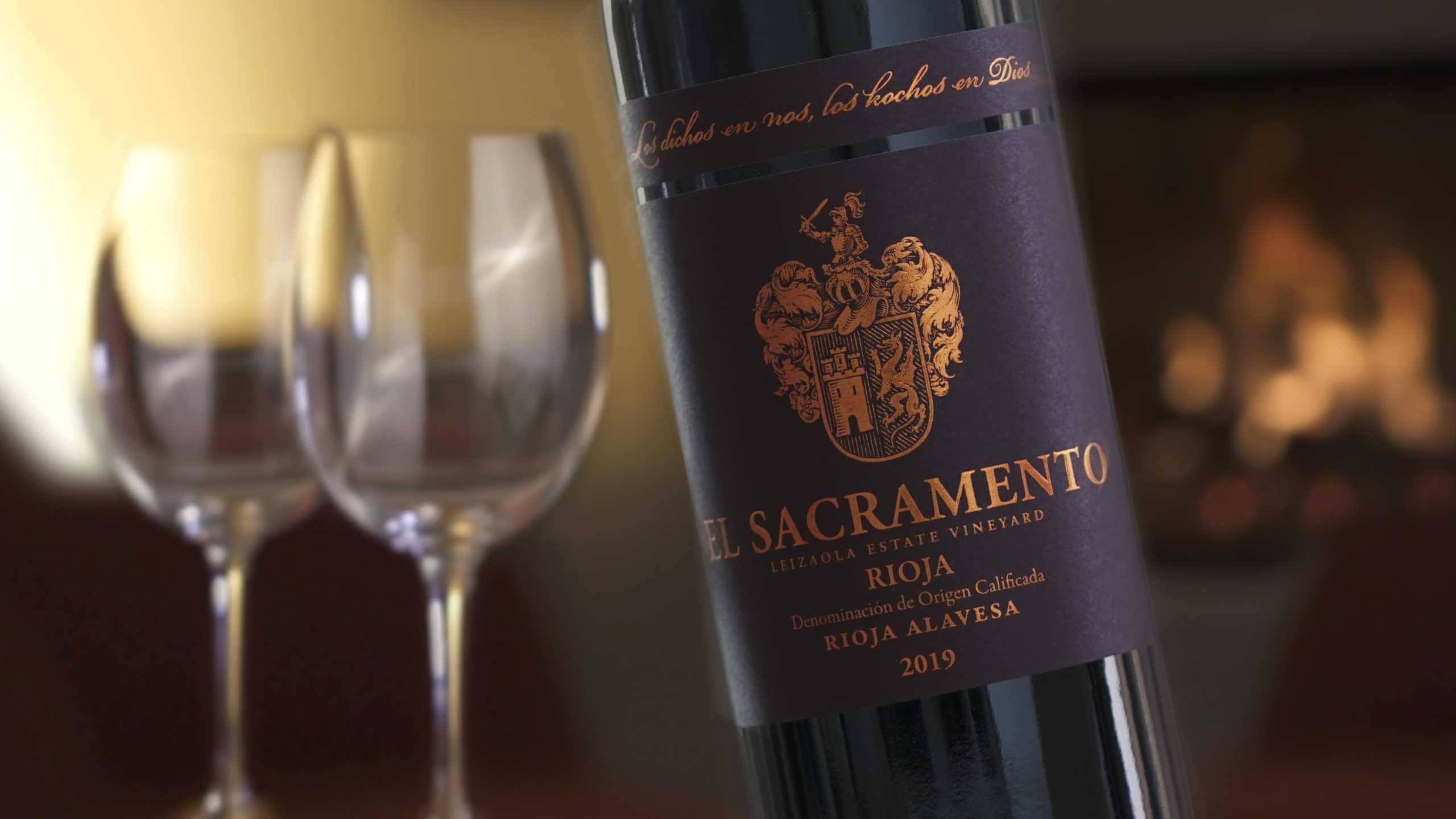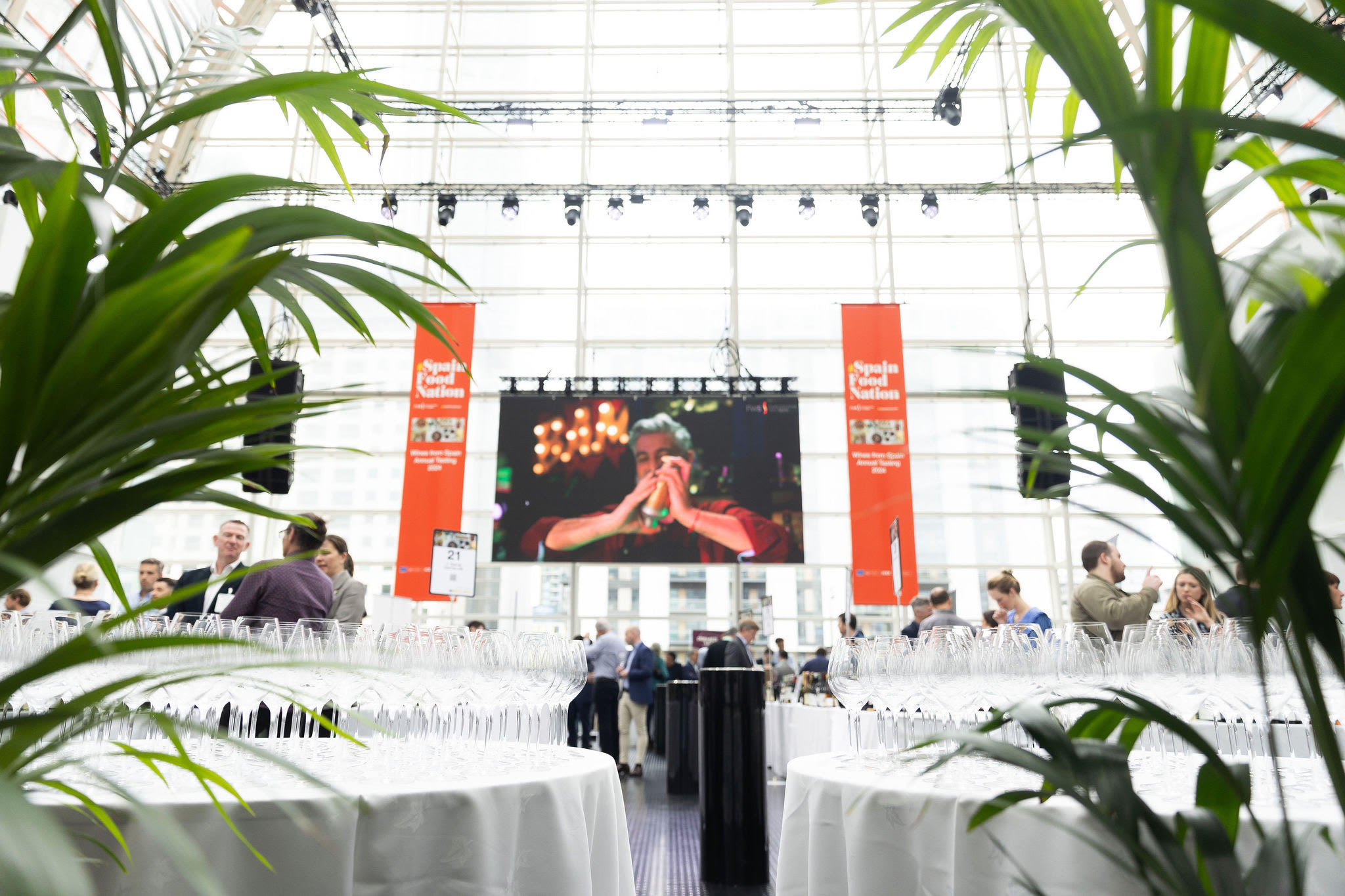This website uses cookies so that we can provide you with the best user experience possible. Cookie information is stored in your browser and performs functions such as recognising you when you return to our website and helping our team to understand which sections of the website you find most interesting and useful.
Have we reached peak premiumisation?
By Sarah NeishFor the last few years the wine trade’s priority has been to push value over volume. However, two new reports indicate that premiumisation has stalled in one of the biggest global markets. Sarah Neish reports.

The latest Direct to Consumer Wine Shipping Report, which analyses data from more than 1,300 US wineries, suggests that the handbrake may have been pulled on premiumisation.
In 2023, the annual DTC report compiled by Sovos ShipCompliant and WineBusiness Analytics showed a significant 5% growth in the volume of wines shipped with a price tag of US$80 or more. But according to the 2024 edition of the same report, growth in that price category “sputtered” at just 2% last year.
Echoing these findings is the latest Silicon Valley Bank (SVB) wine industry report. The in-depth analysis, which has become a key barometer for wine trends in the US, predicts that the growth rate of premium wine sales will continue to fall until it hits 0% in 2027.
Zero growth
“The premium business will return to zero growth between 2027 and 2029,” the SVB report said.
What happens after that, SVB predicts, will depend on the success of wine companies to “adapt to a new consumer”, and “efforts made to promote the category.”
SVB anticipates that premium wine sales will grow “at the rate of inflation plus population growth thereafter.”
Premiumisation is the goal that almost every wine producer and region has been working towards for the last few years. With countless consumer insights telling us that consumers are “drinking less, but better”, pushing quality (and prices) up has become a top priority for most. So the news that premium wine growth is expected to come to a crashing halt is likely to be disorientating, especially given that almost half (42%) of SVB’s survey respondents say they had planned to enact “small price increases” in 2025.
“Given the higher costs of production in a modest inflationary environment, it makes sense owners would want price increases,” the report said. However, SVB believes that the final number of producers that actually go ahead and do so, will end up being less than 42%.
Partner Content
Drinking less
Before brands start to re-assess their premiumisation plans, however, it’s worth noting that it’s not only wines priced at $80 and more that are seeing growth stagnate.
According to the Sovos DTC report, 2024 saw the largest ever decline in both volume and value sales of all wine, falling 10% and 5% respectively. People are drinking less wines overall, therefore they will naturally be drinking less wine carrying a premium price tag.
Premium growth could also be slowing because producers leapt into action two years ago or more to prioritise value over volume – having done so, many will have held their prices. In other words, if everyone has already put their prices up, there will have inevitably been a slowing of new wines crossing the premium or $80 price barrier entering the market last year.
De-premiumisation
Nonetheless, the numbers crunched by both Sovos and SVB do suggest that wine may be following a similar ‘de-premiumisation’ trend to that seen over the last couple of years with premium spirits.
In 2023, db reported that according to data from the Distilled Spirits Council of the United States (DISCUS), the ‘trading up’ of products had begun to slow. In fact, 14% of consumers said they had switched to buying less-expensive beverage categories.
Mark Meek, CEO, IWSR Drinks Market Analysis, said at the time that “the key trends that have underpinned the industry, such as premiumisation, will evolve as consumers respond to the increased cost of living crisis.”
Meek added that while the industry would still deliver “pockets of significant value growth”, mainly in mature markets, this would begin to slow.
Underscoring the evidence that wine is beginning to follow the same path is the revelation that budget retailer Aldi saw double-digit growth for its alcohol sales in the US last year, suggesting that consumers “have really seen the value proposition” of own-label brands.
More than a quarter of US households now shop at the discount chain — twice as many as six years ago.
Related news
Premiumisation and resilience top the agenda for Sake Day 2024





